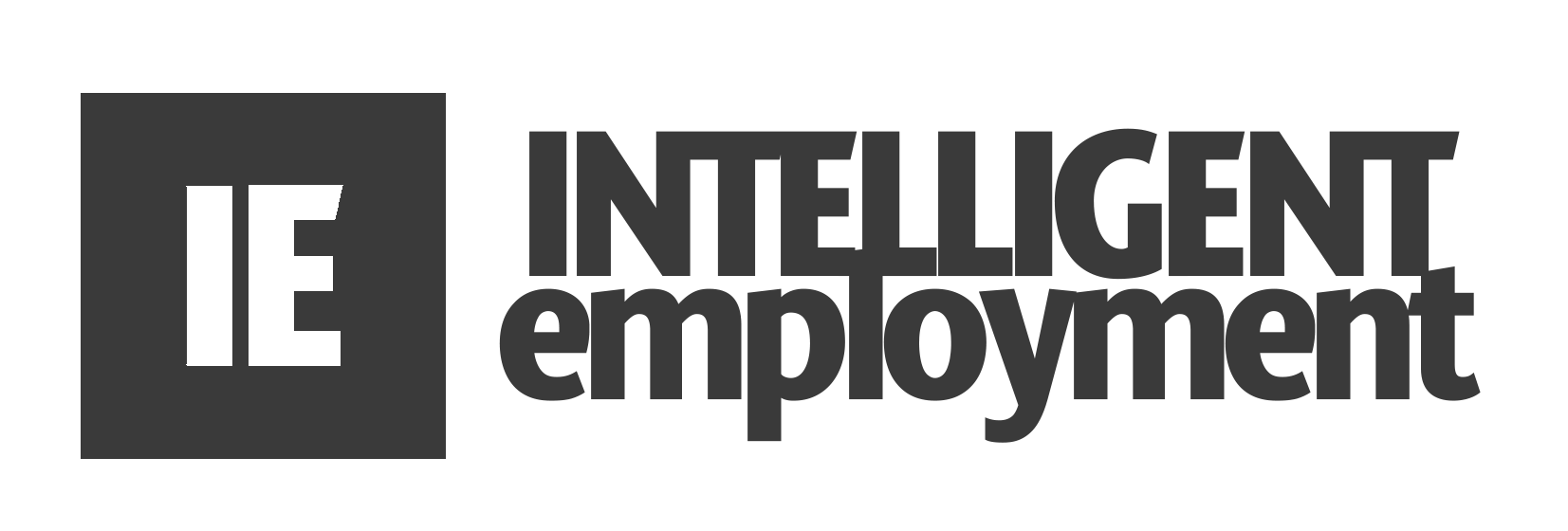Nurturing Talent: The Crucial Next Steps After a Successful Hire in an Uncertain Market
The recruitment journey doesn’t end when a candidate signs on the dotted line; that’s just the beginning. Especially in a challenging market fraught with economic uncertainties and a competitive talent landscape like the renewable energy sector, the nurturing phase is more crucial than ever.
Continuing from our previous piece that focused on qualifying the right candidates for your company, this article addresses the often overlooked but essential aspect of nurturing your new hires.
The Art of Seamless Onboarding
You’ve successfully qualified the candidate, but the real challenge starts now. A well-thought-out onboarding process is the cornerstone of employee retention. A poorly executed onboarding can risk losing the newly acquired talent and incurs costs beyond just monetary value. It affects time, productivity, and workplace morale.
Do you have an onboarding plan that aligns not just with your company’s operational needs but also with its culture and values? If not, it’s time to create one.

Cultivating Company Culture from Day One
Integrating a new hire into the social fabric of your company is just as crucial as any compliance training. This starts with transparent communication about the expectations, roles, and the shared vision of the company. Remember, a sense of belonging and cultural fit often determine how well an employee will perform in their role and their likelihood of staying long-term.
Continual Learning as a Retention Tool
Top talent rarely likes to stagnate. They are usually on the lookout for new challenges and opportunities to grow. What plans do you have in place for continual learning and professional development within your organization? If this hasn’t been part of your strategy, perhaps it’s time to re-evaluate.
Transparent Communication Beyond the Probation Period
The communication lines that were open during the recruitment process shouldn’t shut down after the hire is made. Regular check-ins, performance reviews, and open forums for feedback create an environment where employees feel valued and heard. Such a culture doesn’t just aid in retention but often leads to higher levels of employee engagement and productivity.
Measuring Success: The Metrics Matter
How will you know if your nurturing strategies are working? While it’s tempting to rely on the age-old methods of annual reviews and turnover rates, in today’s fluid work environment, these alone won’t suffice. Consider metrics like employee Net Promoter Score (eNPS), job satisfaction surveys, and attrition rates in specific departments or roles for a more nuanced understanding.
Economic Realities: Addressing the Elephant in the Room
Let’s not ignore the current cost of living crisis that’s affecting employee retention across sectors. The financial well-being of your employees plays a significant role in how rooted they feel to your company. A comprehensive benefits package that addresses economic concerns can be a game-changer in this regard.
Summary
The nurturing phase is as intricate as the initial recruitment process, requiring tailored strategies, continuous communication, and an adaptable approach, especially in unpredictable economic times.
Whether you’re a fledgling startup or an established enterprise, we’re here to offer our expertise in creating nurturing environments that foster long-term employer-employee relationships.
Looking to dig deeper into how to effectively manage your new hires? Stay tuned for our upcoming content on advanced retention strategies and performance management.
Feel free to share your thoughts, challenges, or success stories. We’re all ears.


